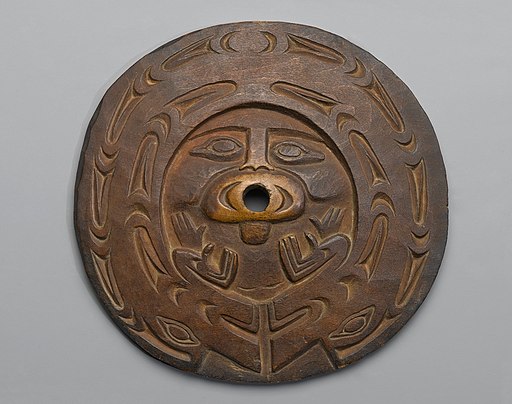updated for June 19th
Look for more Did you know… facts and a message from our Elders.

As we round the clubhouse turn, to use the horse racing metaphor in thinking about nearing the end of the school year and the transition to summer, it seems natural to think in terms of completing a circle or a turn of a spiral. Now, we certainly don’t need any particular reason to think about and look to the teachings & understandings coming from Indigenous Peoples, but connections with the symbolism of circles and the approach of National Indigenous Peoples Day seem like great reasons to take inspiration from the fine work prepared by Burnaby School District’s Indigenous Education Program.
National Indigenous Peoples Day is coming up on Sunday, June 21st. We shared a few Did you know… facts in school Tuesday, and it seems well worthwhile to raise some of them here. (We’ll add to the list through this week.) Did you know:
- Since 1996, National Indigenous Peoples Day has been held on June 21, the summer solstice and the longest day of the year.
- According to Statistics Canada, there are over 60 Indigenous languages in Canada.
- In the 2016 census by Statistics Canada, over 1.6 million people in Canada identified as Indigenous, making up 4.9 per cent of the national population.
- British Columbia alone is home to 60% of Indigenous languages in Canada. In our province there are 34 distinct languages involving 61 dialects.
- Not all Indigenous peoples do Pow Wows, potlatches, smudges or sweats.
- There are 634 recognized bands in Canada and 3,100 Reserves. The band refers to the people and the reserve refers to the land.
- Elders are very important members of First Nation, Métis, and Inuit communities. The term Elder refers to someone who has attained a high degree of understanding of First Nation, Métis, or Inuit history, traditional teachings, ceremonies, and healing practices.
- Indigenous cultures pass knowledge from generation to generation through oral traditions.
- There is not one culture for all Indigenous nations. Each nation has its own culture, customs, beliefs, traditions, and world views.
- The name of the maple tree in many Coast Salish language is “paddle tree” as it is traditionally the preferred wood for making paddles.
- Indigenous people used their knowledge of the land to develop safe trails that became the basis for many present highways.
- Elders are always given preferred seating and served first at gathering and ceremonies of Indigenous people
- The number four is very important to many Indigenous peoples; it relates to the four cycles of life, the four seasons, the four directions, and the four elements.
- The Sto:lo have the belief that the cedar tree was once a kind and gentle man who always gave to the people.
- The number of cultures and languages of Indigenous peoples in BC is greater than the cultures and languages in Europe.
In thinking back (as well as forward), you should remember our lessons from Mr. Roberts on Coast Salish art and the wooden animal figures we planned (and still plan) to paint. The symbolic use of circles & ovals in this artwork that are suggestive of cycles found throught the world make revisiting this artwork more tahn appropriate right now. We watched the video below in class and began experimenting with the forms again to practise creating designs that might fit a spindle whorl.
https://safeYouTube.net/w/mc1L
Watch the video, check out some examples of contemporary Coast Salish arrt from Salish Weave Collection and experiment with your own circular spindle whorl design.
Use your OneDrive folder and the hand-in form to share a copy of your designs (or your drafts) with me. Did you know some of the facts for National Indigenous Peoples Day above? Do you know or remember other information from our work with Mr. Roberts or about other Indigenous artists? Do you know any more about why June 21st was chosen for National Indigenous Peoples Day? Leave a comment to share your ideas.


those facts are really good and interesting
I wish that the same reverence for Elders would be something expressed by us all!
Indigenous questions:First question: Did you know the indigenous facts? Answer: Yes, I knew that indigenous day was on June 21st next question: Did you remember some of the things we did with mr.robert? answer: No, I dont really remember what we talked about other than we colored fish. Do I know why indigenous day is on June 21st? yes beaus e it is the longest day if the year.
I hopw all of us will take some time to think about the significance of National Indigenous Peoples Day on Sunday, and then maybe we will keep learning (and remembering) more.